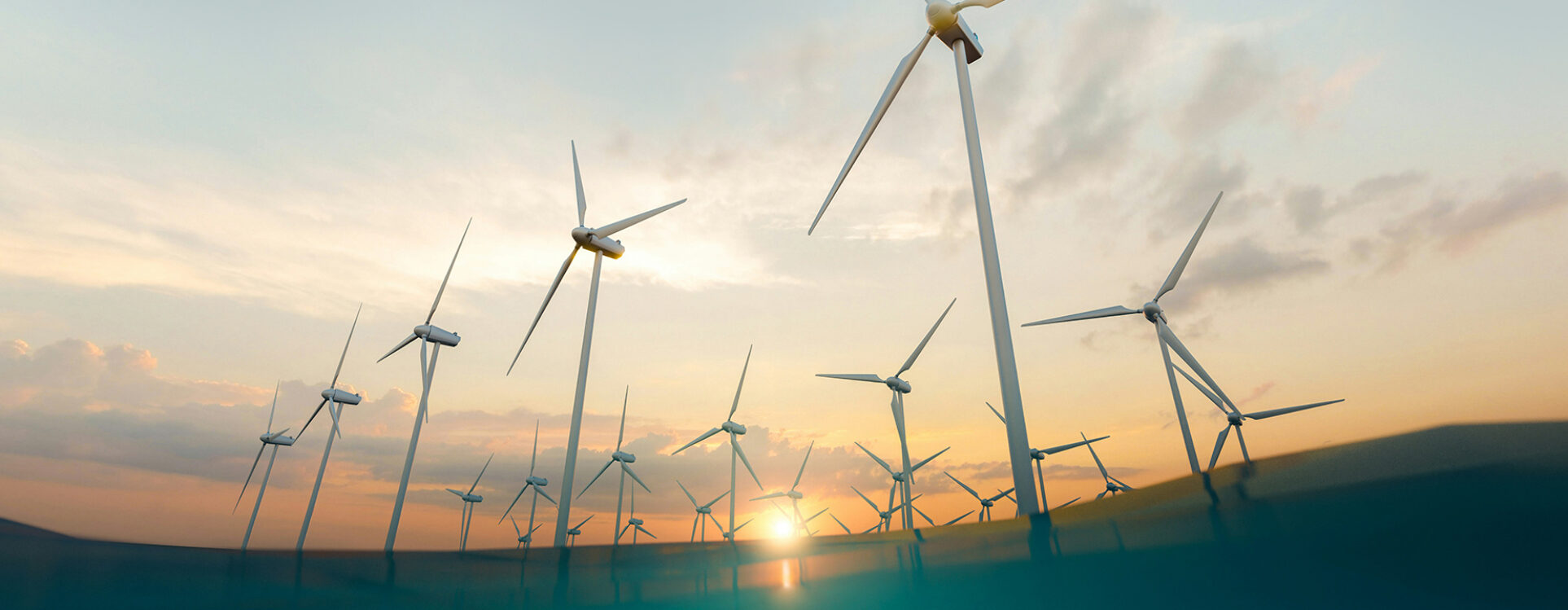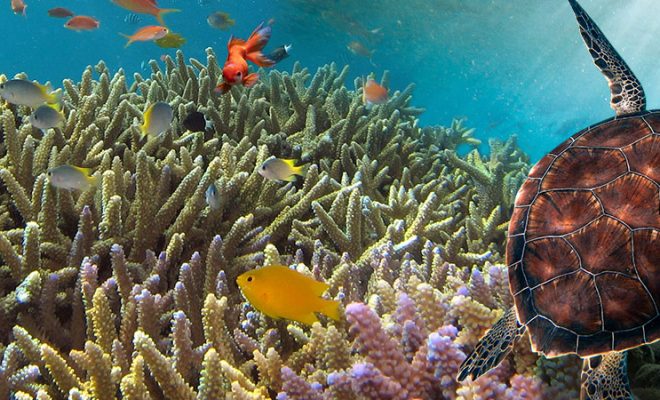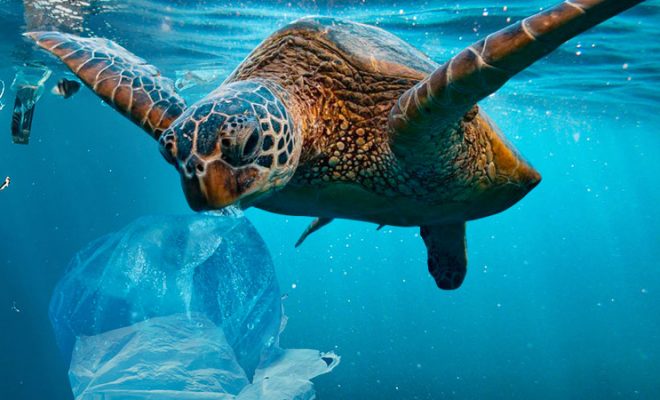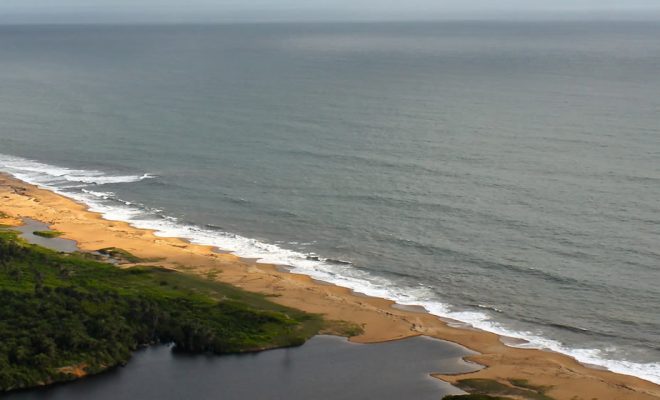If fishing, aquaculture, coastal tourism, marine renewable energy, desalination, oceanographic research, biotechnology, and maritime security were considered collectively as a national economy, this hypothetical country would hold assets worth $2.5 trillion, with its economy projected to reach $3.2 trillion by 2030.
These figures come from the World Wide Fund for Nature (WWF) and The Ocean Foundation, organisations whose studies have spearheaded the growth of what is now known as the Blue Economy: a set of activities related to water, the sea, and the oceans, aimed at generating economic value sustainably, preserving aquatic ecosystems, and fostering innovation in key sectors such as food, energy, transport, and health.
The term “blue” entered the economic lexicon in 2010, when Belgian economist Gunter Pauli published his book The Blue Economy, proposing that all the planet’s water—fresh and salt—be considered an economic engine that must operate sustainably to safeguard the future. Today, the Blue and Green Economies go hand in hand in the search for solutions to mitigate the climate and environmental crisis, offering viable models of adaptation for human life on an uncertain planet.
The Sea as a Source of Food Security
Fishing is the most visible service the sea provides—and rightly so. Around 230,000 marine species have been identified, and it is estimated that over two million may exist, owing to the vast number of unexplored habitats. The oceans are an inexhaustible source of biodiversity and a vital pillar of human nutrition.
According to recent World Bank estimates, the sea is the primary source of protein for more than one billion people. By 2030, the food security of 40 million families will depend directly on the availability of resources.
In its “blue transformation” proposal, the FAO advocates for science-based fisheries management that restores marine ecosystems while maintaining sustainable food production and protecting jobs. Its 2024 report on the state of world fisheries and aquaculture confirms the viability of this approach, projecting a 10% increase in aquatic production by 2032, with aquaculture as the key driver.
However, it warns that the sustainability of fishery resources remains an urgent challenge. Management strategies must be rooted in innovation and the circular economy to restore ecosystems, reduce waste, and strengthen coastal communities against climate change.

The FAO warns that the sustainability of fishery resources remains an urgent challenge. © pexels-firosnv
Invisible but Vital Services
We rarely account for the true value of the services oceans provide, despite their role as crucial allies in combating the worst effects of climate change. Marine waters produce at least 50% of the planet’s oxygen and absorb around 25% of the carbon dioxide we emit. This absorption is estimated to equal one million tonnes of CO₂ per hour.
Currently, seawater contains around 700 gigatonnes of dissolved organic carbon—almost the same amount as is found in the atmosphere as CO₂. These two carbon sinks—the sea and the atmosphere—are linked by the natural carbon cycle: any disruption in one directly affects the other.
Moreover, alongside forests, the ocean acts as a global thermostat, absorbing and redistributing solar heat via ocean currents, which moderates extreme temperatures and regulates the climate. It is also a natural transport route, carrying over 80% of global trade, and an energy reservoir with vast potential in renewable sources such as tidal, wave, and offshore wind energy.
Until now, these services have rarely appeared in traditional economic accounts. They form part of the “invisible” natural capital that sustains us and is becoming increasingly significant. Recognising and quantifying their value is essential for shaping economic, environmental, and social planning policies.
A Technological Future to Explore the Unknown
The Blue Economy is mobilising cutting-edge technological resources to gather vast amounts of data. The ocean remains one of science’s great unknowns—many oceanographers lament that we know more about the surface of the Moon than the seabed. Extending the blue approach to freshwater systems further necessitates multiplying available data and integrating it intelligently to draw conclusions and guide research.
Artificial intelligence now enables the detection of complex patterns: from declining fish productivity in a region linked to hypoxia caused by algal blooms, to increasing eutrophication at a river mouth and the predicted degradation of mangrove forests. With sufficient data, technology can become a decisive tool for anticipating ecological imbalances, designing more effective conservation policies, and ensuring sustainable management of aquatic ecosystems.
The Technological Gap: A Challenge for Blue Equity
The expansion of the Blue Economy demands robust digital infrastructure and access to advanced technologies. Yet many lower-income countries face a technological gap that risks excluding them from this transformation. At the upcoming COP30, to be held in Belém do Pará (Brazil), the climate agenda will, for the first time, include the need to develop public digital infrastructure and promote technological innovation with climate justice principles.
International cooperation mechanisms are expected to be promoted to ensure that developing countries can access data, sensors, artificial intelligence, and technical training. Among the most urgent proposals are the creation of open ocean data platforms, the strengthening of regional research networks, and the funding of technology projects tailored to specific problems and local contexts.

The expansion of the Blue Economy demands robust digital infrastructure and access to advanced technologies © freepick
One Water: Integrating Fresh and Salt
For those of us working on water access and sanitation projects, it is increasingly clear that the traditional approach separating freshwater from saltwater no longer meets global challenges. Viewing both systems as “one water”—interconnected through the hydrological cycle, climate change, and human activity—allows us to correlate damage and anticipate risks. Having integrated data on water quality, biodiversity loss, nutrient pollution, and the alteration of coastal and riverine ecosystems is key to designing effective, equitable, and sustainable solutions.
The Blue Economy offers the opportunity to build a unified science to consolidate efforts, expand knowledge, and reinforce the link between water as a vital resource and as a driver of development. It is an invitation to rethink our relationship with water in all its forms. Integrating knowledge of oceans and inland waters, democratising access to data, and narrowing the technological gap are essential steps to ensure this transformation is fair and global. In a world where water marks the boundary between life and hardship, joining forces through science, international cooperation, and civic engagement is more urgent than ever.

Having integrated data on water quality, biodiversity loss, nutrient pollution, and the alteration of coastal and riverine ecosystems is key to designing effective, equitable, and sustainable solutions.© Posidonia oceánica





